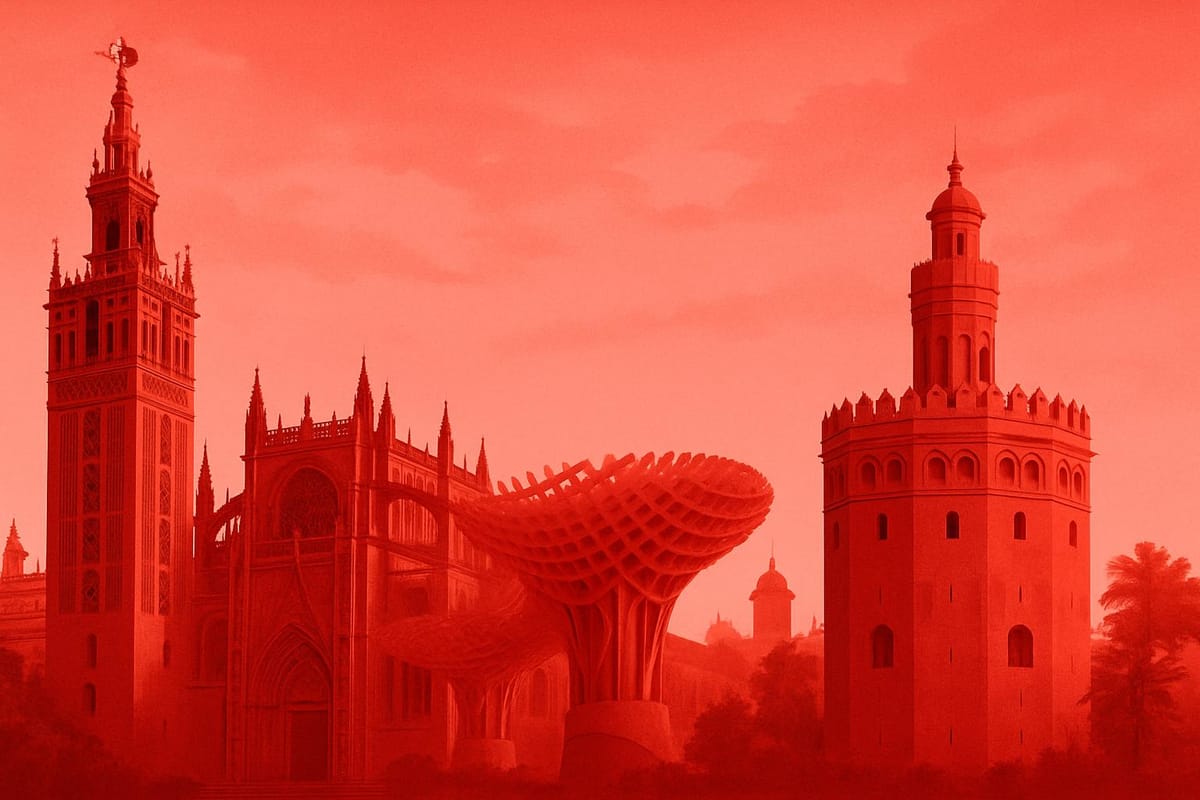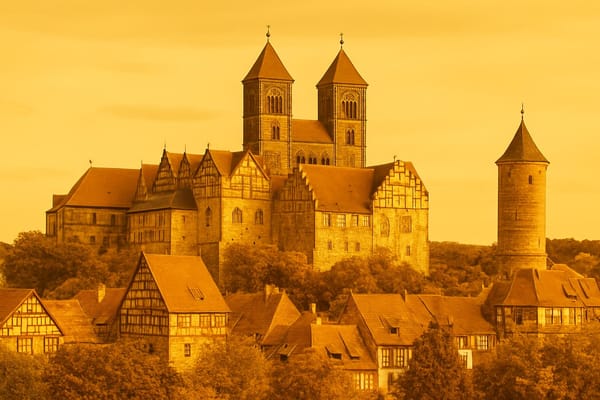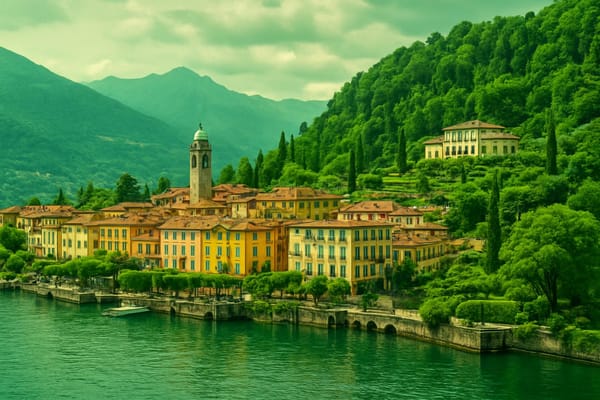Seville
Flamenco nights, Alcázar palaces, tapas bars and sunlit plazas-historic charm awaits.

Important things to know about Seville
Seville, Spain is a city of sunlit streets and layered stories, where the rhythm of daily life moves between long summers and mild winters and where the warm climate shapes outdoor living, markets and late-night conversation; the city's identity is woven from Moorish legacies, medieval lanes and modern energy, producing a tapestry of architecture, local dialect and creative reinvention that makes living in Seville feel both rooted and lively. Neighborhoods hum with a mix of families, students and artisans, cafés spill onto sidewalks under orange trees, and the scent of frying olive oil and roasted peppers signals the central role of tapas and shared meals in social culture; small bars and contemporary kitchens coexist with traditional bakeries, reflecting a culinary scene anchored in seasonal produce and convivial eating. The Guadalquivir river frames the urban panorama, offering reflective light at dusk and informal gathering places along its banks, while plazas and shaded courtyards encourage impromptu music and conversation-flamenco pulses through the air not as a spectacle but as an everyday soundtrack for emotion and expression. Creative industries, universities and a growing tech scene bring a younger energy that complements older artisan trades and family-run businesses, making Seville a place of both continuity and innovation. Pedestrian rhythms, bicycle lanes and a sense of scale that favors strolling create a human pace, and the city’s calendar of cultural moments keeps neighborhoods vibrant year-round. For those who seek a balance of historic charm, contemporary creativity and a genuinely warm community spirit, Seville offers an atmospheric, sensory urban experience that stays with you long after you leave.
Sightseeing hot-spots in Seville
Seville, the sun-drenched capital of Andalusia, invites travelers to a rich tapestry of history, architecture, and vibrant street life. A stroll through the city reveals iconic landmarks like the Alcázar, an exquisite example of Mudéjar artistry, and the majestic Cathedral crowned by the soaring Giralda tower. These monuments, alongside the winding lanes of the Santa Cruz quarter, make sightseeing in Seville an immersive journey through centuries of Moorish and Renaissance influence. Photographers and culture lovers will find endless inspiration in the ornate tilework, fragrant orange trees, and charming courtyards.
Beyond the famous monuments, Seville’s public spaces and neighborhoods animate the city’s character. The semicircular grandeur of the Plaza de España showcases regional pride with its tiled alcoves and sweeping canal, while the riverside atmosphere along the River Guadalquivir offers leisurely boat trips and scenic promenades. Crossing into Triana-a neighborhood famed for ceramics and flamenco heritage-visitors can sample traditional tapas, watch impromptu flamenco performances, and enjoy local markets that reflect Seville, Spain’s authentic everyday life.
Practical sightseeing in Seville blends cultural depth with easy walkability; many of the top attractions lie close together, making half-day or full-day itineraries rewarding. Sunrise and golden-hour light transform the city’s facades, ideal for exploring with comfortable shoes and a camera. Whether seeking monumental art, intimate courtyards, or lively culinary experiences, a visit to Seville promises unforgettable moments among Spain’s most enchanting cities, perfect for travel guides, photographers, and anyone planning to discover Andalusian charm.
Hotels to enjoy in Seville
Seville is a city of light, color and music, and choosing the right hotels in Seville can turn a good trip into an unforgettable experience. Whether you're searching for luxury hotels in Seville with rooftop terraces and pools overlooking the orange trees or compact boutique hotels tucked into the winding lanes of Barrio Santa Cruz, the options blend historic charm with modern comfort. Many Seville hotels are within easy walking distance of major attractions like the Alcázar, the Cathedral, and the lively Plaza de España, making it simple to explore on foot. Travelers often prioritize amenities such as complimentary breakfast, free Wi‑Fi, air conditioning, and concierge services that can help book flamenco shows or river cruises, while business visitors look for conference facilities and easy transport links to Seville Airport and Santa Justa train station.
Finding the best accommodation depends on your priorities: budget-conscious guests will appreciate well-located cheap hotels in Seville that don't skimp on cleanliness or host a friendly staff, families may opt for spacious rooms and swimming pools, and couples often pick romantic stays with courtyards and traditional Andalusian décor. For SEO-friendly planning, search terms like Seville hotels near the Cathedral, family-friendly hotels in Seville Spain, or romantic boutique hotels Seville guide you to tailored results. With a little research and local recommendations, you can book a stay that combines authentic Sevillian culture, easy access to top sights, and the right mix of comfort and value to suit any itinerary.
Restaurants to try in Seville
Seville is a city where gastronomy and tradition meet, and the restaurants in Seville reflect a rich tapestry of flavors from classic Andalusian cooking to contemporary fusion. Wander through neighborhoods like Santa Cruz and Triana and you'll find everything from intimate taverns serving world-class tapas to elegant dining rooms focused on seasonal local ingredients and innovative presentation. The culinary scene emphasizes fresh olive oil, Iberian ham, and seafood from the nearby Atlantic, paired with regional sherries and robust Spanish wines, so many visitors seek out the best restaurants Seville has to offer to experience both authenticity and creativity. Whether sampling small plates at a bustling bar counter or enjoying a leisurely multi-course meal, the food culture here is social, relaxed, and deeply rooted in local products and centuries-old recipes.
Beyond traditional tapas bars, Seville's restaurant landscape includes modern bistros, Michelin-starred venues, and cozy family-run places where recipes are passed down through generations, providing a broad spectrum for food lovers and travelers looking for memorable dining. The connection between food and flamenco can even be felt in establishments that combine live music with culinary excellence, creating an immersive Andalusian experience. For those optimizing their trip around food, exploring the markets and neighborhood eateries offers insight into the ingredients and techniques that define Seville's culinary identity, making every meal an opportunity to taste the history and innovation of this vibrant Spanish city.
Best shopping stops in Seville
Seville shopping is a sensory pleasure where history and craftsmanship sit side by side in winding streets and bright markets. Stroll down Calle Sierpes and the surrounding Old Town to find a mix of contemporary boutiques and centuries-old shops selling hand-painted ceramics, Spanish leather goods, delicate abanicos (hand fans) and flamenco attire. The Triana neighborhood, famed for its pottery tradition, hosts artisan workshops where you can watch master ceramists shape and glaze pieces, and the Mercado de Triana offers fresh local produce alongside gourmet stalls-perfect for picking up olive oil, sherry, and regional delicacies. Antique hunters will be drawn to narrow lanes with vintage stores, while shoppers seeking modern design can explore elegant concept stores and fashion ateliers that reflect Seville’s elegant Andalusian style.
For a taste of authentic Seville markets and boutique shopping, wander toward El Arenal, the riverfront arcades, and the revamped food halls near Plaza de Armas where gourmet products and artisanal chocolates sit beside traditional tapas bars. Seasonal events such as Semana Santa and the Feria de Abril make the city a prime spot to buy embroidered mantillas, handcrafted castanets, and flamenco dresses tailored by local designers. Whether you’re searching for souvenirs, luxury handmade goods or specialty foods, shopping in Seville combines cultural depth with contemporary flair, offering memorable finds that reflect Andalusia’s vibrant arts, gastronomy and textile traditions.
Nightlife highlights in Seville
Seville is famous for its vibrant nightlife, where historic streets and modern energy meet under warm Andalusian skies. Strolling from the Alameda de Hércules toward the river, visitors encounter a mix of bustling tapas bars, stylish cocktail lounges and cozy plazas where locals linger late into the night. The neighborhoods of Triana and Santa Cruz each offer their own flavor: Triana’s ceramic-lined taverns and flamenco pedigree contrast with Santa Cruz’s narrow, lantern-lit alleys filled with bar terraces. For those searching for the best Seville nightlife, rooftop terraces provide panoramic views of the cathedral while intimate taverns invite relaxed conversation and a true taste of Andalusian cuisine.
No visit to Seville’s night scene is complete without experiencing Flamenco live; small tablaos and cultural centers host passionate shows that capture the soul of the city. After a tapas crawl, many head to lively clubs or chilled-out bars around La Macarena for late dancing and live music, showcasing everything from jazz to electronic beats. Whether you prefer a refined evening of live music and cocktails or a spontaneous night of street-side tapas and dancing, Seville’s mix of tradition and contemporary nightlife ensures unforgettable nights that draw visitors back again and again.
Getting around in Seville
Seville offers excellent connectivity for travelers: Seville Airport (SVQ), located about 10 km from the historic center, handles a mix of international flights and low-cost carriers, with frequent shuttle buses, reliable taxis and private transfer options that reach the city in roughly 20–30 minutes depending on traffic; for budget-conscious visitors, the regular bus line EA and airport car hire make arrivals and departures straightforward. On the rail side, the modern Seville Santa Justa station is a major hub on Spain’s high-speed AVE network, providing fast connections to Madrid, Córdoba, Málaga and beyond, while regional and commuter services link to the coast and inland towns; the station’s proximity to the city center and good tram and bus links - including the historic MetroCentro tram - mean seamless transfers between air and rail, ideal for itineraries combining city breaks with day trips. Whether you prioritize speed, cost or convenience, Seville’s integrated public transport options and growing flight and rail schedules make it easy to plan efficient, enjoyable travel across Andalusia and the rest of Spain.
Culture must-see's in Seville
Seville is a city where history and everyday life blend into a vivid display of Andalusia’s soul, and the cultural highlights of Seville, Spain read like a living postcard. Wander through the winding lanes of Barrio Santa Cruz to find sunlit courtyards, tiled facades and the scent of orange blossom, then step into monumental sites such as the Alcázar and the Seville Cathedral crowned by the Giralda-each landmark offering layers of Moorish, Gothic and Renaissance influence that define the architecture of the region. Music and dance are central to Seville culture, with flamenco performances spilling emotion into intimate tablaos and grand festivals alike; the rhythmic clapping and soulful singing provide an iconic soundtrack that draws visitors wanting an authentic cultural experience in Seville, Spain.
Beyond monuments and music, Seville’s calendar of events and local customs keeps its cultural life dynamic and approachable. Annual spectacles like Semana Santa and the Feria de Abril transform the whole city into a vibrant stage of processions, costumes, horse parades and tapas-filled nights, showcasing traditions that have been passed down for generations. Culinary culture is equally magnetic-sampling Tapas in neighborhood bars is both social ritual and culinary exploration, while museums, ceramic workshops and the historic Plaza de España offer visual feasts for art lovers. Whether you are researching the cultural highlights of Seville for travel planning or simply seeking inspiration, the city’s combination of historic sites, living traditions and lively street life ensures a rich, memorable visit to Seville, Spain.
History of Seville
Seville’s story begins long before the modern metropolis we know, rooted in the ancient settlement of Hispalis under the Romans and shaped by successive peoples who left enduring marks on the cityscape. When the Visigoths took over and later the Umayyad conquest transformed it into Ishbiliya, Seville became a thriving center of Andalusian culture, learning, and commerce. The medieval skyline still speaks of that layered past: the Giralda, originally a minaret, now forms the bell tower of the Seville Cathedral, itself built over a former mosque; the royal Alcázar showcases intricate Mudéjar architecture alongside later Renaissance additions; and the Guadalquivir river, navigable since antiquity, made Seville a vital Mediterranean and Atlantic port. The city’s capture in the Reconquista of 1248 under Ferdinand III marked a new chapter, fusing Islamic, Jewish, and Christian traditions into a rich urban fabric. Archaeological remains and monuments trace this multicultural evolution, and visitors today can still sense the echoes of Roman streets, Islamic bathhouses, Gothic chapels, and Baroque facades in the winding lanes of Seville’s historic center.
The arrival of the Age of Discovery propelled Seville, Spain into global prominence: the establishment of the Casa de Contratación centralized trade with the Americas and turned Seville into Spain’s principal port and a focal point of the Golden Age economy and culture. Wealth from the New World financed grand churches, palaces, and charities, while artists and writers flourished under patronage that left a lasting cultural legacy. The city continued to reinvent itself through the centuries, hosting the Ibero-American Exposition of 1929 and the 1992 Universal Exposition, events that modernized infrastructure and reinforced Seville’s status as a center for tourism, art, and festivals. Today Seville’s history is a powerful draw for travelers and scholars alike: walking tours, museums, and preserved monuments interpret its past, while flamenco, Semana Santa, and local cuisine keep traditions alive. Conservation efforts and sustainable tourism aim to balance preservation with contemporary life, ensuring that Seville’s layered history-Roman foundations, Islamic golden age, Christian monuments, and maritime empire-remains a living narrative attracting millions of visitors each year to explore the timeless charm of Andalusia.



